Correct treatment of pepper diseases in the greenhouse, control measures
Bell pepper diseases can be recognized by the appearance of the plant. Therefore, knowing the initial signs, you can choose the right control measures to save the entire crop.
Bacterial diseases
In greenhouse conditions, the climate is favorable for the development of many pathogens. The infection spreads at a faster rate than in open beds. Therefore, you need to follow the recommendations in order to prevent this or that disease. If it is early to recognize the disease of peppers in a greenhouse, then their treatment will be carried out correctly.
Phytoplasmosis (stolbur) of bell pepper is provoked by mycoplasmas. Infection appears due to aphids, ticks and other pests.
The plant does not grow to the declared size, the bush is small. The upper leaves begin to suffer. Their edges curl upward, curl and gradually dry out. If you do not start a fight, then dry leaves turn yellow, fall off and the plant dies. Fruits with a column of pepper are formed small, deformed, turn red early. The pepper tastes bitter and not juicy.
The main preventive measures that will help against diseases include:
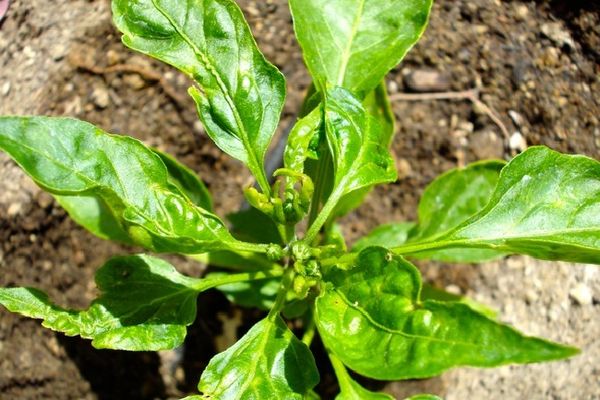
- preventive treatment against pests;
- it is best to choose hybrids, they are more resistant to all diseases;
- if diseased bushes appear, they need to be uprooted and carried away from the beds;
- it is imperative to disinfect the supporting structures of the greenhouse, garden tools and the soil itself;
- tops after harvest should not be left on the site;
- weed to prevent weeds from overgrowing.
Bacteria cause verticillary wilting of pepper. Leaves with such a disease first turn pale, become rough and hard. The fruits are formed small, the shape is deformed, and there are very few seeds inside.
If the disease affects a variety resistant to this disease, then the spread is slow, and the fruits have time to ripen.

Verticillosis is not treatable. You can only be saved if you carefully handle the planting material and the ground.
Why do pepper leaves turn black? Common diseases of pepper seedlings are complemented by a disease such as black bacterial spot. The cause of the disease is bacteria that persist on the seeds. Therefore, it is so important to carry out the disinfection procedure before planting seedlings. Hot weather and high humidity contribute to the massive spread of bacteria.
Dark brown specks appear on the leaves. As the disease spreads, the spots on the leaves of the pepper turn black and grow in size, but do not merge. Due to malnutrition, the leaves begin to dry, and the fruits do not ripen.
To protect against disease, varieties that are resistant to the disease should be selected.How to process vegetable crops? The fight against microorganisms can be accompanied by drugs such as Trisodium phosphate, Fitosporin, Planriz.
Viral nature
Bronzing pepper (spotted wilting) is caused by viruses. A distinctive symptom of the disease is the gray-purple or bronze color of the leaves. As the infection spreads, brown spots or streaks form on the leaves, first at the base and then moving to the tips.
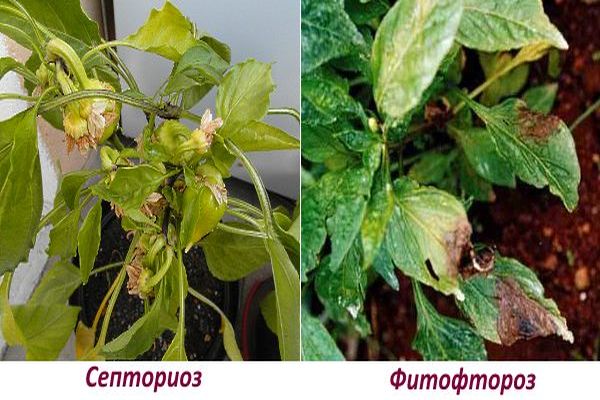
Fruits are also affected by spotted wilting. Brown, yellowish or green rings appear on the peppers, and dark streaks form at the base.
What to do to prevent peppers from bronzing? A number of preventive measures must be taken:
- before planting, be sure to disinfect the seeds;
- you can not plant peppers next to a flower bed;
- get rid of weeds in time;
- you need to get rid of the diseased leaves that appear, they are cut off and burned;
- advice from experienced gardeners: "Fight the disease with Fundazol."

Serious tobacco mosaic disease can destroy the entire crop or significantly reduce the amount. The causative agent is a virus. Leaves with a marble pattern can be seen on the plant. Yellow, dark and light green blotches alternate. The leaves curl, development stops, the fruits are small and do not ripen. Brown spots can be seen on the peppers.
How to deal with the virus? To prevent a mosaic of peppers, you need to process the seeds before planting, do not plant in the same area for several years in a row. From folk remedies, a solution of whey and iodine is effective.
Another disease that affects pepper is pepper top rot. It develops when the plant cannot provide the fruit with calcium.
A factor in the development of the disease is not only calcium deficiency, but also the habitat of viruses, bacteria or fungi on the surface of the fruits.
First, dark green spots appear at the base of the fruit, which eventually acquire a brown tint. The damaged area shrinks and becomes dry.
As a preventive measure, such measures as: maintaining humidity in the greenhouse, loosening and weeding the soil, regular watering help. Mulching is recommended. At least three times during the entire growing season, it is useful to carry out root dressing, for example, with calcium nitrate.
Fungal attack
A fungal disease such as late blight can bring significant damage to the crop. Spores can be carried by air and remain in the soil for a long time.
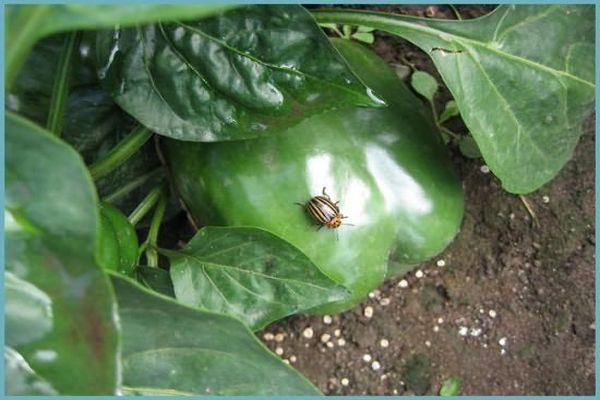
First of all, the leaves are sick. Brown spots appear on them at first, small in size. They grow at a high speed and spread throughout the plant, including the fruits. A light gray bloom can be discerned on the surface of the stains.
In dry weather, the leaves curl and dry out. If the weather is rainy, then black spots develop on the leaves and rotting cannot be avoided.
Preparations that can stop the spread of the fungus in peppers and prevent infection of all seedlings: Alirin B, Gamair, Oksikhom, Ordan, Fitosporin M, Quadris.
If the lower part of the stem of the pepper has darkened, the cause may be a fungal disease such as black leg. The infection most often affects seedlings, but an adult plant can also get sick. The pathogen enters the plant through the soil or together with infected seeds. Distribution factors are too frequent planting of seedlings or poorly ventilated greenhouse. The place begins to dry out, rot, after which the entire seedling dies.
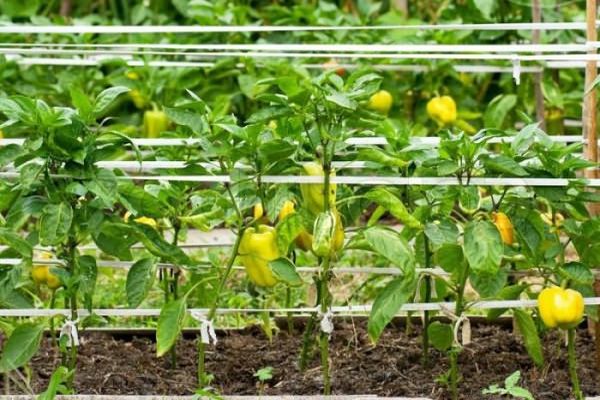
The fight against the pathogen can be carried out in the following ways:
- plants should be inspected daily;
- at the first detection of the disease, it is recommended to make a solution of potassium permanganate and pour it over the soil;
- the soil must be disinfected before planting for seedlings; preparations such as Baikal, Radiance are suitable;
- treatment of seeds with drugs that increase immunity is recommended: Epin, Agate;
- it is imperative to observe the watering regime;
- the room must be ventilated, avoiding drafts.

The appearance of fusarium wilting of peppers also belongs to fungi. Spores clog the vessels inside the stem, and the plant stops receiving nutrition and moisture. The leaves of the seedlings turn yellow, curl. Fusarium wilting of pepper cannot be treated. If a diseased sprout is found, it must be immediately destroyed.
Prevention consists of the following actions:
- choose varieties of peppers that show resistance to fusarium;
- seeds must be treated with special preparations, for example, foundationol;
- after harvesting, remove the old tops.
In a greenhouse, bell peppers often suffer from cladosporia, it can be suspected when the leaves have darkened.
The fungus is active especially where there is high humidity. Brown spots develop on the outside of the pepper leaves. On the inside, you can see a gray bloom.
How to treat cladosporia and the main preventive measures:
- in the fall, after harvesting, it is imperative to disinfect with copper sulfate;
- choose a different place for planting peppers every year;
- when a disease appears, it is recommended to reduce watering and air humidity in the greenhouse;
- you can cure the plant with drugs such as Zaslon, Barrier.
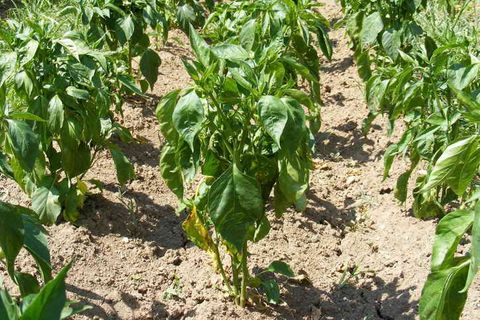
Gray rot is caused by fungi. It may occur due to high humidity. First, brown dots appear on the bottom of the stem. Then black spots may appear on all parts of the plant. As the infection progresses, the entire plant becomes moldy.
Control measures to prevent fungal diseases of pepper and their treatment:
- keeping the distance during landing;
- maintaining normal temperature and humidity;
- in the reviews it is often found: “Treatment with Fitosporin, Fundazole or Previkur helps to get rid of the disease. We process the beds even for prevention purposes. "
Due to frequent rains, high humidity, sweet peppers are affected by streptoria. White spots appear on the leaves of the pepper, which can be of different sizes. E
If you do not start a fight, the leaves turn white, wrinkle, dry up and fall off. The first signs are observed first on the lower leaves, and the top gradually begins to brighten.
The fungus often affects a weakened plant, so you need to monitor feeding, lighting and soil moisture. A diseased plant must be immediately removed from the garden. The rest of the seedlings are recommended to be treated with preparations containing copper.
Greenhouses can be breeding grounds for rust fungus. A rusty coating forms on the leaves. In case of severe infection, the plant dies.
When growing pepper seedlings at home, you can also face the diseases listed above. Very often, pathogens affect precisely young, fragile vegetation. Therefore, it is so important to start doing prevention at this stage.
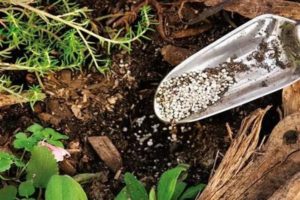
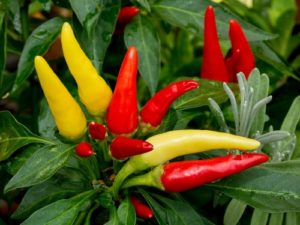
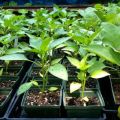

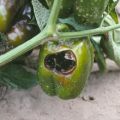


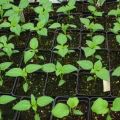

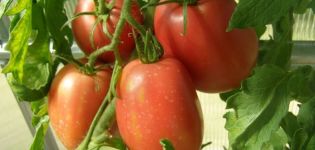
In order for the peppers to grow well and not be affected by various diseases, I use the remedy BioGrow, it serves as a pretty good recharge, it costs much less than analogs.